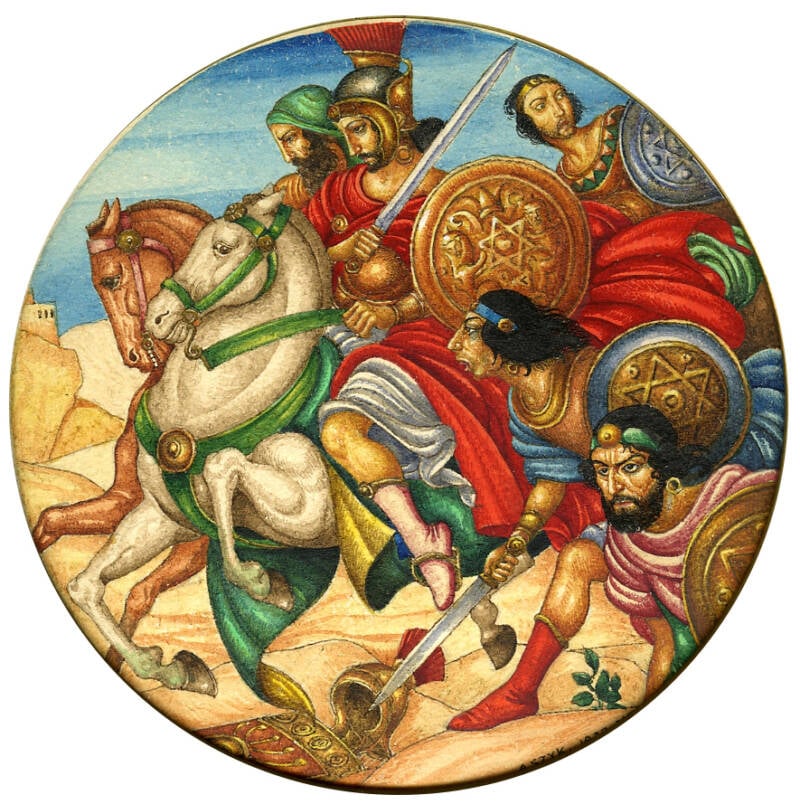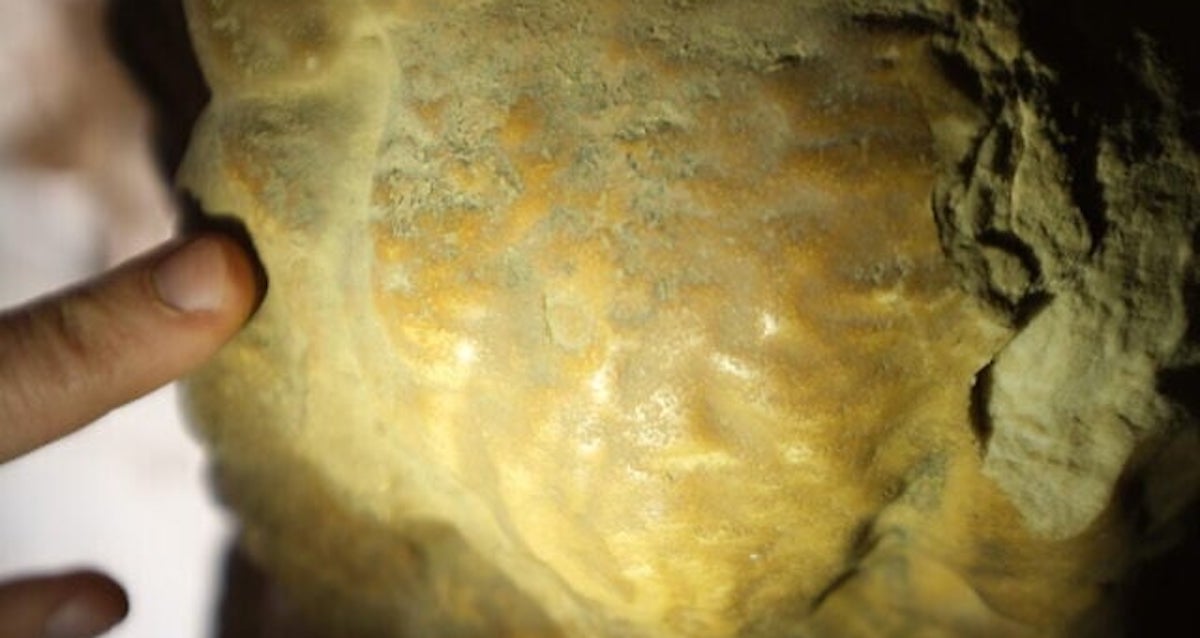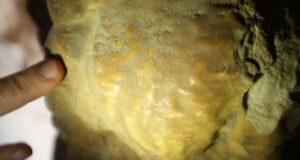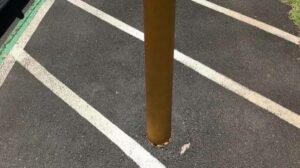Ancient Aramaic Inscription Found in Dead Sea Cave Hints at Lost Civilization Secrets
The Inscription’s Possible Link To The Bar Kokhba Revolt
Based on the style of the script, and the language it employs, researchers believe that it dates back to the first or second century C.E. As such, it could possibly date to the First Jewish Revolt (66 to 73 C.E.) the Bar Kokhba Revolt (132 and 136 C.E.) or the years between the two uprisings.
However, researchers also found other clues in the cave that suggest the inscription was related to the Bar Kokhba Revolt.

Public DomainSimon bar Kokhba, the Jewish leader who initiated the rebellion against Roman rule in 132 C.E.
Near the inscription, archaeologists found a Bar Kokhba coin — as well as four Roman swords. The swords were hidden in a crevice, and were extremely well-preserved, with three of them still tucked inside wooden scabbards. Because the cave is so small, researchers suspect that it was used as a launching point for raids, rather than a place for habitation.
“The hiding of the swords and the pilum in deep cracks in the isolated cave north of ‘En Gedi, hints that the weapons were taken as booty from Roman soldiers or from the battlefield, and purposely hidden by the Judean rebels for reuse,” said Dr. Eitan Klein, one of the directors of the Judean Desert Survey Project, in the 2023 statement from the Israel Antiquities Authority.
Klein continued: “Obviously, the rebels did not want to be caught by the Roman authorities carrying these weapons… We will try to pinpoint the historical event that led to the caching of these weapons in the cave and determine whether it was at the time of the Bar Kokhba Revolt.”















Post Comment